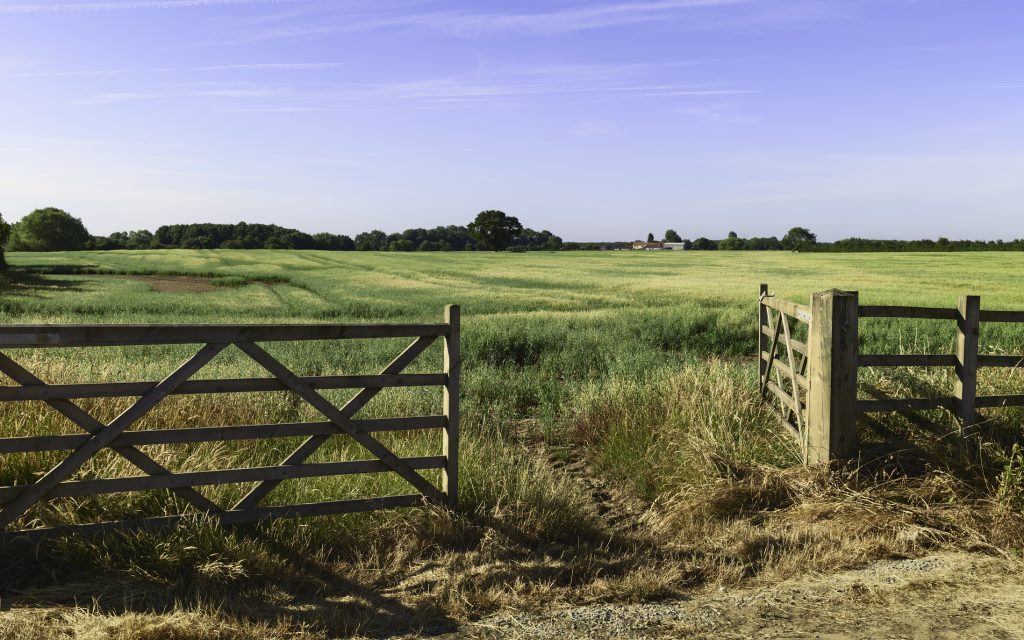Selling a rural property presents a unique set of challenges and opportunities compared to urban real estate. The bucolic charm of the countryside, combined with the expansive spaces and natural features, can be a major selling point. However, effectively staging a rural home to showcase its full potential requires a nuanced approach. Here are comprehensive insights, décor tips, landscaping ideas, and strategies to accentuate unique features, designed to help sellers attract buyers and maximize their property’s appeal.
Interior Staging Strategies:
1. Embrace the Home’s Character: Rural homes often come with distinct architectural features such as exposed beams, hardwood floors, and large fireplaces. Highlight these characteristics by keeping them clean, well-maintained, and prominently featured in your staging.
2. Maximize Natural Light: Rural properties typically offer an abundance of natural scenery. Capitalize on this by maximizing natural light inside the home. Open curtains, clean windows, and remove any obstructions that could cast shadows or darken rooms. This not only brightens the space but also creates a seamless connection between the indoors and the outdoors.
3. Neutral Tones with Rustic Touches: Apply a neutral color palette to the walls and large furniture pieces to appeal to a broader audience. Enhance this with rustic accents such as wooden decor, stone features, and country-style textiles to complement the rural setting without overwhelming the senses.
4. Declutter and Depersonalize: Clear out personal items and clutter. A clean and neutral space allows potential buyers to envision themselves living in the home. However, leave some personality in the staging to highlight the home’s cozy and inviting nature, such as a set dining table or a book by a reading nook.
5. Highlight Functional Spaces: Rural homes often boast unique functional spaces such as large pantries, mudrooms, or sunrooms. Stage these areas to highlight their utility and charm, demonstrating how they contribute to comfortable rural living.
Exterior and Landscaping Techniques:
1. Curb Appeal: First impressions are crucial. Ensure the home’s exterior reflects the property’s overall appeal. Repaint if necessary, repair any visible damage, and ensure pathways are clear and welcoming.
2. Tidy and Thoughtful Landscaping: While vast landscapes are appealing, they can also seem daunting in terms of maintenance. Keep the lawn trimmed, bushes pruned, and gardens weeded. Consider planting flowers or shrubs for a pop of color and to define spaces.
3. Define Outdoor Living Spaces: Demonstrate the potential of the property’s outdoor areas by setting up distinct living spaces. This could be an outdoor dining area, a cozy fire pit lounge, or a relaxation spot by a water feature. These setups help buyers imagine themselves enjoying the rural lifestyle.
4. Access Pathways: Ensure that there are clear, accessible pathways leading to different areas of the property, especially to any significant features like a barn, pond, or orchard. This not only aids in navigation but also adds to the property’s charm and functionality.
Showcasing Unique Features:
1. Outbuildings and Additional Structures: If the property includes barns, sheds, or other outbuildings, make sure they are clean, organized, and staged with a potential use in mind, such as a workshop, studio, or storage area. Highlighting the versatility of these structures can significantly appeal to buyers with specific hobbies or storage needs.
2. Natural Resources: If your property includes streams, ponds, woods, or other natural resources, ensure these are accessible and well-presented. Clear any debris, add signage if necessary, and create inviting areas that allow buyers to envision enjoying these natural amenities.
3. Agricultural Assets: For properties with agricultural potential, demonstrate this value clearly. Maintain fields, fences, and any farm-related structures. If there’s a vegetable garden or orchard, make sure it’s well-tended to showcase the property’s productivity.
4. Wildlife and Eco-friendly Features: If the property is known for wildlife or includes eco-friendly features like solar panels or a rainwater collection system, make sure these are highlighted in your staging and marketing materials. This can attract buyers interested in sustainability and nature.
Staging for Season and Atmosphere:
1. Seasonal Adjustments: Tailor your staging to the season. In spring and summer, emphasize outdoor spaces, open windows, and fresh flowers. In autumn, add warm throws and highlight energy-efficient features. In winter, ensure the home is warm and inviting, with attention to holiday decor if appropriate.
2. Create an Atmosphere: Rural homes can benefit from creating a specific atmosphere. Soft music, fresh scents, and appropriate temperature settings can make the property feel more inviting. For open houses, consider having a small fire burning in the fireplace or fresh-baked goods in the kitchen to create a cozy, homely feel.
3. Use Lighting to Your Advantage: Proper lighting can transform a space. Use it to highlight the home’s best features, create inviting outdoor spaces, and ensure that the property feels warm and welcoming at all times of the day.
Conclusion:
Staging a rural home requires a blend of highlighting its natural charm, showcasing practical features, and making subtle adjustments to appeal to the lifestyle aspirations of potential buyers. By employing these tips and tricks, sellers can enhance the unique appeal of their rural property, making it not just a house for sale but a lifestyle opportunity. This thoughtful approach to staging can ultimately lead to a faster sale and potentially higher offers as buyers fall in love with the promise of rural living.

